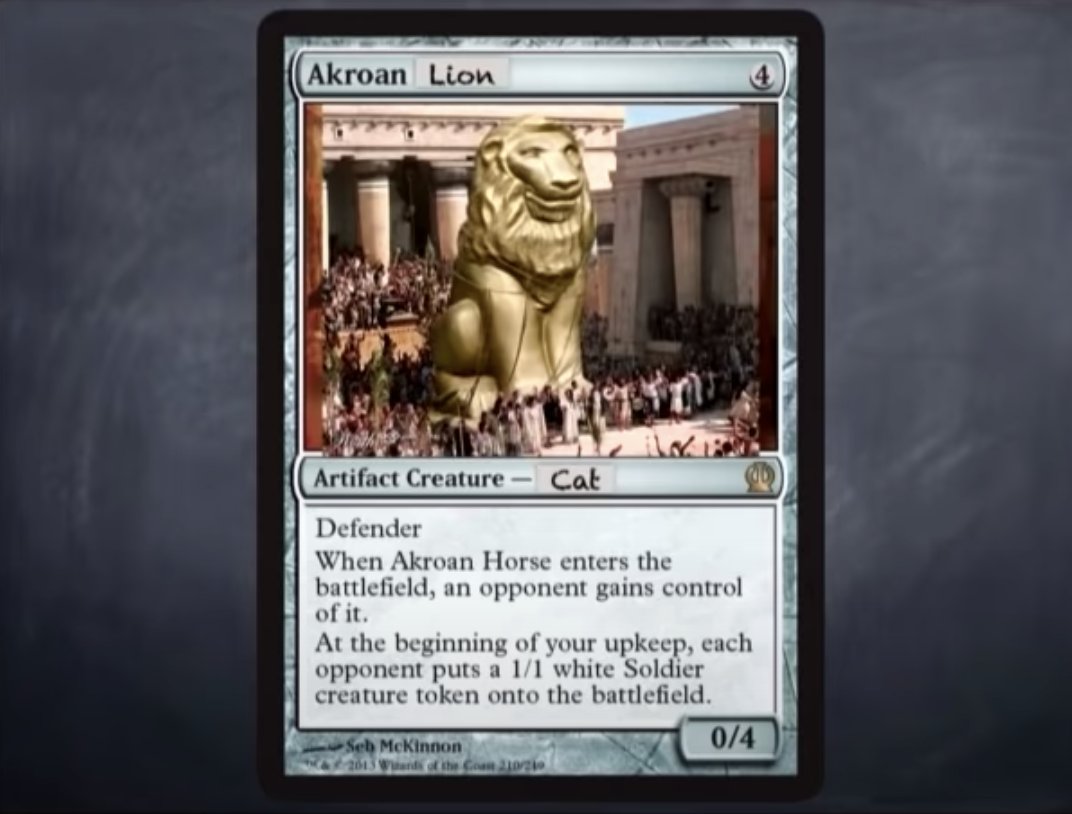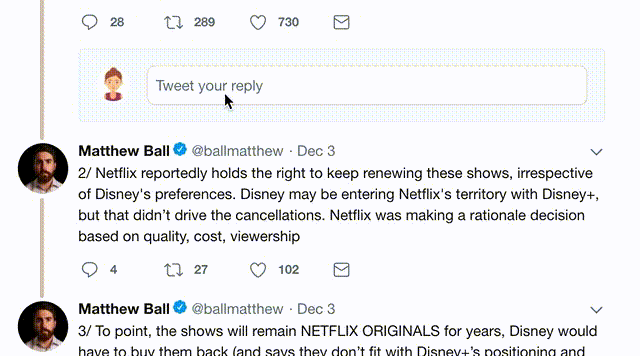@MarkRosewater shares 20 lessons he’s learned designing for one of the world’s most popular card games, @wizards_magic
These lessons apply not only to game design but are principles that can apply to any creative process
Understand that humans are stubborn.
In game design, keep in mind that it’s much easier to change the game to match the players vs changing the players to match the game.
People like to perceive things in a certain way.
People expect game components to have a certain “feel." Failing to provide the right aesthetic makes players feel ill at ease and draws attention to what the game is not instead of what it is
Humans come preloaded with a life's worth of experiences.
As a game designer, you should take advantage of those pre-built life experiences and translate/build upon them to unlock richer and more emotional game experiences.
Leverage the use of pre-existing knowledge to make learning easier and faster.
By matching expectations to what one already knows, you can make teaching much simpler.
Humans are much more motivated in their decision-making via emotions rather than thoughts/facts.
When you speak to a player on an emotional level, you’re more likely to create player satisfaction.
Although interesting in theory, players didn't like this game mechanic because having to discard cards from one's hand is exactly what players didn't want to do - they wanted to play their cards
What was seemingly "interesting" was not exactly "fun"
Humans are emotional creatures.
Understand what you want your audience to experience and design your game in such a way so as to contribute to the emotional response you're trying to create.
People often associate quality with familiarity (your brain prioritizes things it knows)
In game design, give players the ability to choose (and not choose) things so as to make their own
Details matter. It’s the details that allow individuals to bond with your game.
That small detail might only matter to a tiny percentage of people, but to that percentage, it could mean everything
Give players the ability to create something uniquely their own.
People are more invested in things they initiate
In game design, don’t always show the players the things you want them to see, let your players do their own discovery - they'll be more invested
People don’t need to love EVERYTHING about your game, but they need to love something.
Something has to draw them into your game, something they feel strongly about (could be positive or negative)!
People who create tend to have large egos. Don’t let your ego drive your motivations.
Your goal is to deliver an optimal experience for your game and for your players, not you.
Make having fun be at the core of the game experience.
It’s not the player’s job to find the fun. It’s your job as a game designer to put the fun where the player can’t help but find it.
The problem was that in playing with these cards, people stopped doing things altogether (laughing, talking, etc)
What was intended to be funny unintentionally made the game less fun
Subtlety doesn’t always work, people can miss the obvious.
Sometimes in order to get your audience to understand, you have to embrace bluntness.
When you aim to please everyone, you often please no one.
Understand what audience segments your game has and make components that speak to each of those segments
Mark created 3 different player psychographics to explain why people play Magic.
With each card he designed, he made sure to design components with a specific audience in mind.
The greatest risk is not taking risks
When you take risks and fail, ppl will respect the attempt and stick around to see what you'll do next
But when you do boring things, there’s no such forgiveness
Unrequired additions add complexity, muddy the message, and wastes resources
In game design, look for ways to synergize off what you have rather than introduce something new
People tend to solve the same problem the exact same way every time
Introduce restrictions to help players be more creative - it forces ppl to think in different ways+create new problems to solve, resulting in new ideas+solutions
Mark writes a weekly design column called "Making Magic"
One of the articles he wrote was from asking his audience for 2 topics: a magic topic and a non-magic one.
The magic-related topic was "the biggest design mistakes" + the non-magic topic was "dating"
By asking his audience for suggestions, Mark was forced to write from a new vantage point that he never explored
As a result, the article that came to be his most favorite article he's ever written to date:
magic.wizards.com/en/articles/ar…
Use your audience as a resource for determining if a problem exists (they have a better feel of the game and can easily identify problems)
But take their solutions with a grain of salt
Highly encourage you to watch the full video here:



























